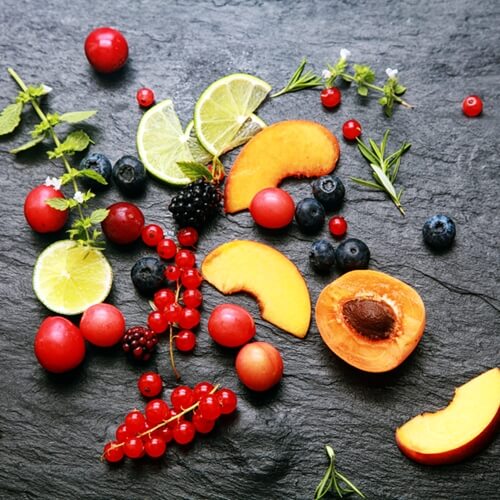Going Green: An Introductory Guide To Vegan Cooking

Veganism refers to a dietary approach in which participants abstain from any and all animal products, including meat, eggs, dairy products and even honey. For some vegans, it’s a health-conscious choice, while others take a moral issue in consuming animal products. Originally seen as a kind of fringe movement, 7 percent of Americans now consider themselves vegans, Reader’s Digest reported. Even if you’re not among the ranks, cooking for your vegan friends and family is one way to learn a unique set of culinary skills. as limiting your choice of ingredients presents a certain challenge.
Here are just a few tips to keep in mind when going vegan:
Oil and broth
As you prepare vegan dishes, vegetable oil and vegetable broth will no doubt be your two best friends. The former is used mostly for both sauteing and frying, and serves as a much healthier option than animal fat – without giving up any of the taste, either. Meanwhile, vegetable stock or broth is a great alternative for animal-based options in both stews, soups and various sauces. When cooking rice, vegetable broth is also an especially flavorful substitution for water.
Plan out your substitutions
As mentioned, vegans generally don’t consume eggs or milk. In the cooking world, that’s somewhat of an obstacle, given that most recipes call for one or both ingredients. Thankfully, there are some substitutions you can make:
- Milk: There are two options when it comes to milk alternatives. The first is buttermilk, which you can create by combining vegan milk with apple cider vinegar. There is also the choice of condensed milk, which is a blend of silken tofu, vegan milk and sugar.
- Eggs: Here is where being creative in the kitchen helps. Eggs are generally used for a number of purposes, including binding and leavening. For one easy substitution, just mix flax meal and water for a paste that works with almost any recipe. Or, make your own moisturizing solution by combing silken tofu and apple sauce.
The power of seasoning
In many ways, veganism is all about stripping cooking down to its very basics and relying on as few ingredients as possible. As such, many vegan chefs implement certain spices in order to maintain flavor. The most readily used seasonings include:
- Salt: The goal is to find a balance between enhancing flavors and not overtly tasting salt. To that end, you’ll want to let you nose guide you as you apply the salt, and anything that overpowers the nostrils can do the same to your taste buds.
- Vinegar: There are a few different kinds of vinegar available, including balsamic, champagne, brown rice and apple cider. The acid in each not only aids in the digestive process, but each one uniquely adds to a dish’s overall flavor.
- Herbs and spices: Most vegan recipes will include these for their health benefits. For instance, basil can help offset certain toxins, while cinnamon lowers the blood sugar, according to One Green Planet. Some of the best spices to use with veggies are rosemary, thyme and basil.
No doubt some of these tips will come in handy as you progress in your culinary school programs.


